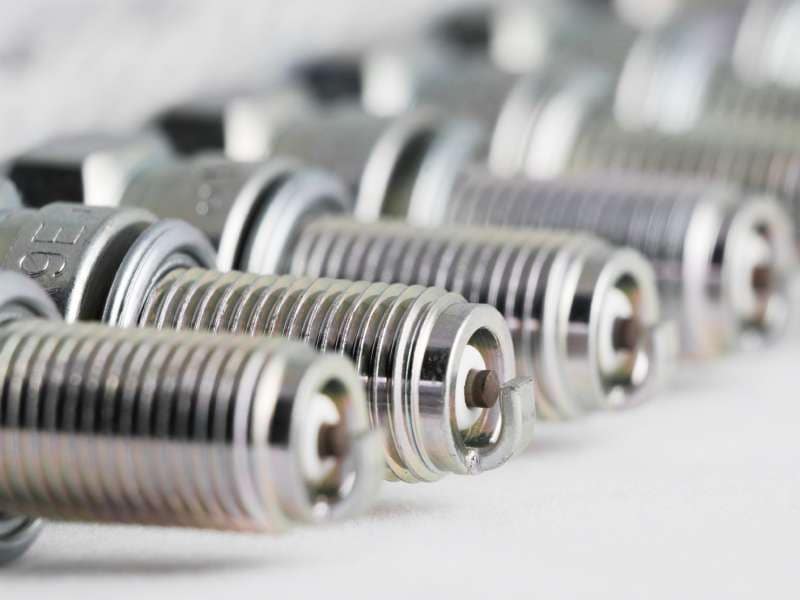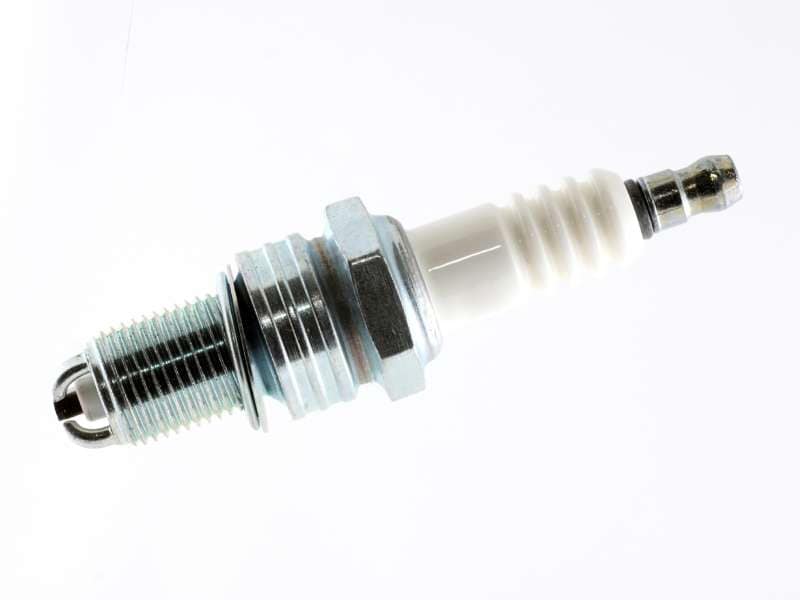Recent Articles
Popular Makes
Body Types
How To Change Spark Plugs

When changing spark plugs its important to verify that you have everything needed for the job. You will need a new set of spark plugs appropriate for your vehicle, a gap gauge, dielectric grease, and a spark plug wrench or socket and ratchet of the proper size for your plugs. You may also need a screwdriver or socket to remove engine covers or coils and penetrating oil if the spark plugs are seized. Some cars have spark plugs that are very difficult to replace so before starting locate the spark plugs and verify that you will be able to complete the job.
Before installing the new plugs, verify that they are gapped correctly using the gap gauge. The proper gap is normally somewhere between 0.035” and 0.060” and should be listed in the owner's manual as well as on a placard under the hood. If the gap is not correct carefully bend the ground strap without touching the electrode.
Spark plugs should be changed when the motor is cold, as the plugs will be easier to remove and there will be less chance of damaging the threads. If necessary remove the engine cover to allow access. Each spark plug should have a wire or coil attached to it which will need to be disconnected before the plug can be pulled. Work on one spark plug at a time to ensure that the wires do not get reconnected incorrectly. You may need to remove a retaining nut before slightly twisting and pulling the boot of the wire or coil from the plug. Ensure that the spark plug well is clean using compressed air or a vacuum so there is no chance of debris getting into the motor. Using the spark plug wrench or socket remove the old plug; if it's being stubborn spray some penetrating oil into the spark plug well and allow it to soak for a few minutes.
When installing the new plugs, many auto makers and spark plug manufacturers discourage the use of anti-seize – consult the owner's manual for specific recommendations for your car. If possible hand-start the new spark plug into the engine, being careful not to change the plug's gap or brush anything into the motor. Once you are certain that the plug is going in straight, tighten the plug using the spark plug tool or socket. If you have a torque wrench the owner's manual may contain a specific torque level, normally anywhere from 7 to 35 lb-ft. Otherwise tighten the plug a sixteenth to half turn after they are finger tight, being careful not to over-tighten. Place a small pea-sized amount of dielectric grease into the bottom of the wire or coil boot, and press it firmly over the plug. Replace any retaining nuts and then move on to the next plug.
When you have finished changing the spark plugs momentarily start your car and listen to the engine. If it sounded nice and smooth reinstall the engine cover if you have one and enjoy the fruits of your labor. If it sounded like it wasn't running on all cylinders check that each spark plug is tight and that the wire or coil is securely attached.
